
8D ASSOCIATION
The 8D Association is dedicated to promoting the history of the railways of South Lancashire, Merseyside and North Cheshire.
The Willis Branch incorporating
the Seel Branch and Cronton Colliery Branch.
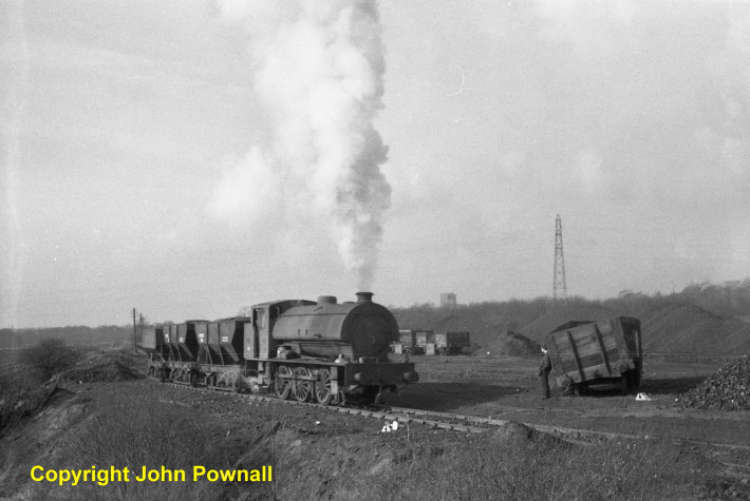
The Willis Branch History.
The line was constructed by the Liverpool and Manchester Railway in around 1834, although the exact date of opening does not seem to have been recorded. The branch was certainly under construction in 1833 as an L&MR minute dated 8th April 1833 says that Mr Willis’s and his partner John Ashton Case are to receive 1½d for every ton of coal carried along the line. On 26th June 1833 an Indenture was drawn up by the L & MR for the construction of the branch to Mr Willis’ Halsnead Colliery. A further branch was constructed known as the Seel Branch, again an exact date of opening has not been noted but was around the same time as the Willis Branch. The Seel Branch gained its name as the land it was constructed over was partly owned by Mr T M Seel. A further branch was opened during 1913 by the LNWR to link the Willis Branch to the new colliery at Cronton.
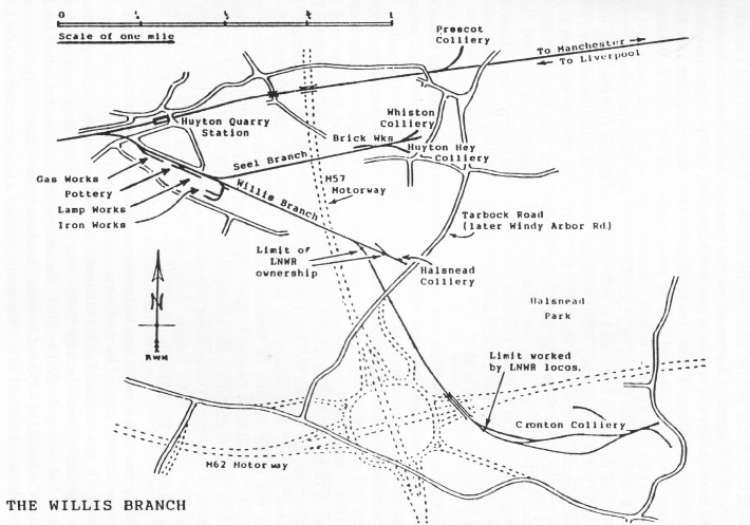
Rail served industries.
Several sidings were constructed along the Willis and Seel Branch to serve the varied industries located along the branches. All distances are from the junction with the L&M.
The first siding was located at 109 yards to the Huyton and Roby Gas Company which was constructed between 1870 and June 1877. The Huyton and Roby Gas Company was purchased by the Liverpool Gas Company in 1933 and the siding was closed and lifted in 1934. Under the direction of the Ministry of Fuel and Power the siding was reinstated in June 1941 as a wartime measure and would finally close on 18th September 1947.
At 403 yards a siding served the Premier Electric Lamp Works and Scratons Pottery. Little is known about the pottery but the Premier Lamp works became the British Insulated and Helsby Cables Limited in 1912 and British Insulated Cables Limited in 1926 finally becoming British Insulated Callenders Cables Limited in 1945. This siding had been established by 1904 but by August 1917 it had been closed and lifted. On 3rd March 1932 British Insulated Cables Limited signed an agreement with the London Midland and Scottish Railway for the movement of goods from the siding. So at some point prior to this date the siding had been re-laid. The date this siding closed is unclear.
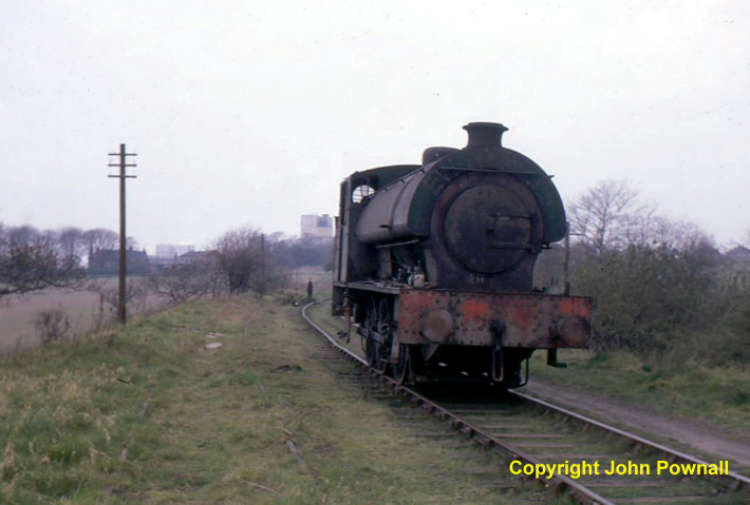
At 544 yards the Seel Branch diverged from the Willis Branch almost directly after the junction, but still on the Willis Branch was the siding to Hulton Quarry Iron works. The siding was certainly in use by 22nd January 1907 when the owner of the works was C & L Shaw Limited. Sadly the firm was wound up in August 1909 and the siding was removed in 1910. Although other businesses used the site of the Iron Works none were rail served.
At 1,377 yards the Cronton Colliery Branch diverged from the Willis Branch, but within ¼ mile of this junction the terminus of the Willis Branch would be reached at Halsnead Colliery. The colliery was the main reason the Willis Branch was constructed it was open around 1833 and with the sinking of a new pit in 1916, which became Cronton Colliery, the mine would close. The site of the colliery was used form 1916 onwards as a rail served landsale yard and would finally close during 1939 when a new yard opened closer to the Cronton Colliery site. With the closure of the landsale yard the first part of the Willis Branch was closed and lifted back to the junction with the Cronton Colliery Branch.
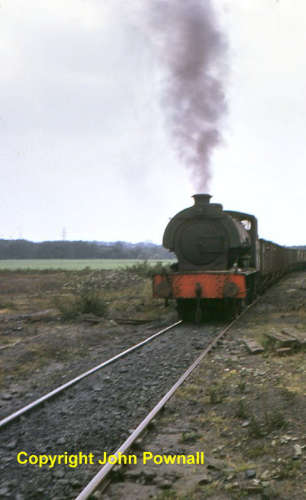
Along the Seel Branch the first business to be reached was the Tushingham Brothers Whiston Brickworks. The siding here was in use between 1890 and 1895 with the deed of covenant drawn up on 3rd March 1899 between the LNWR, E H Molyneux Seel and W Lees McCluer in relation to changes affecting the Branch. By 1932 rail traffic from the brickworks had ceased and the Seel Branch was to close in December 1932.
The original purpose of the Seel Branch was to serve the Whiston Colliery and the Huyton Hey Colliery both of which were in production by 1877. Due to problems with flooding in both mines they were closed during the period 1890 to 1895. The site of Huyton Hey Colliery was developed by the Tushingham Brothers and used for their brickworks.
The Cronton Colliery Branch was to serve not only the colliery but a loop used by Leathers Chemicals. It was originally known as the Halsnead Branch upon its opening in 1913 but became known as the Cronton Colliery Branch due to the mine it served.
The Leathers loop was the first siding reached from the Willis Branch junction. Details of the opening and closure dates of the long loop are unclear but it is believed that printing inks and dyes were manufactured here and distributed by rail.
The exchange sidings for Cronton Colliery were reached almost immediately after the loop rejoined the branch. The colliery engines took over trains to run into the colliery for loading purposes. Production continued here until the mine was virtually worked out closure came on 2nd March 1984.
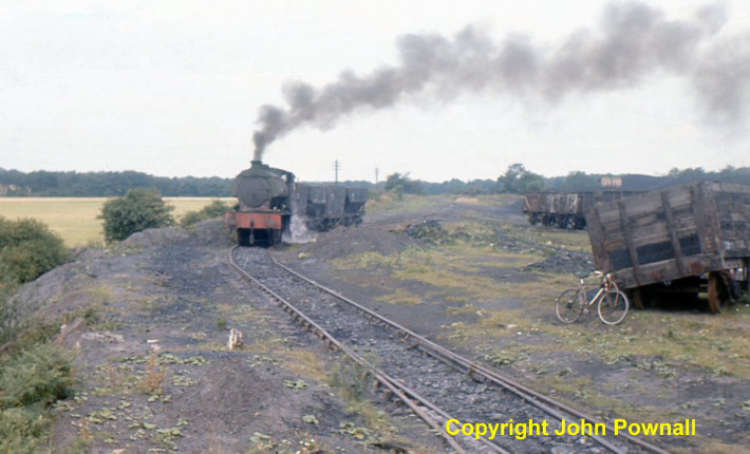
Operation of the line.
The Branches were single track throughout and were worked by main line locomotives from the junction with the L & M to the limits set out in the various agreements. The Branch was worked by the simple but effective Train Staff system, only the engine in possession of the Staff was allowed on the branch at any one time. The Staff and red flags, for the ungated crossings, were collected from the trans-shipment hut after passing over the Hall Lane level crossing.
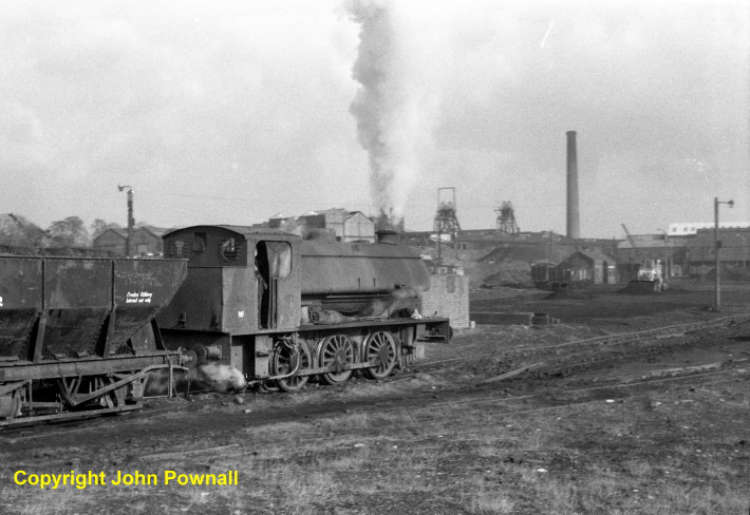
Most of the information available relates to the coal traffic from Cronton in the latter years of the lines operation. Empty wagons were often propelled down the Branch from Huyton Quarry to the exchange sidings at the colliery. These would be exchanged with loaded wagons and would be hauled back up the Branch back to Huyton Quarry. During the period 1916 to 4th May 1926 a Workmans train service was operated along the Branch to convey workers to Cronton Colliery. The colliery hired a set of three six wheeled LNWR coaches which would be hauled to a point just past the Seel Branch and then propelled, by a colliery engine into Cronton Colliery. The service was withdrawn at the beginning of the General Strike in 1926 and never resumed.
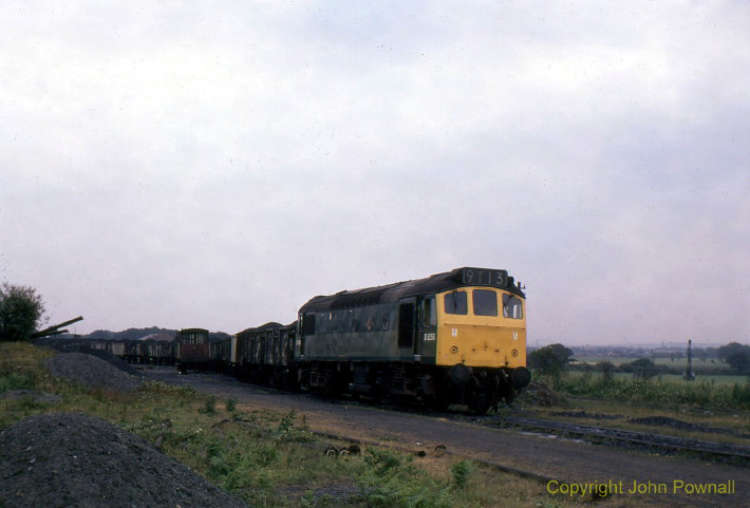
Decline and closure.
The line was in its heyday in the first few decades of the 20th Century with many of the businesses along the line being rail served. There was a steady decline in the industry and therefore the traffic along the line diminished. With the geological problems faced by the three original collieries they were also to close again reducing traffic along the Branch. Thankfully for the Branch Cronton Colliery operated for nearly seventy years and was the final traffic along the line. With its closure in 1984 the trains stopped running to Fiddlers Ferry Power Station and the line closed. In 1991 the branch was lifted and the vast majority of the Willis and Seel branch was built upon in the intervening twenty years. It is still possible to walk parts of the Cronton Colliery branch and the trackbed is still visible in several places. The site of Cronton Colliery is to be developed into parkland in the near future.
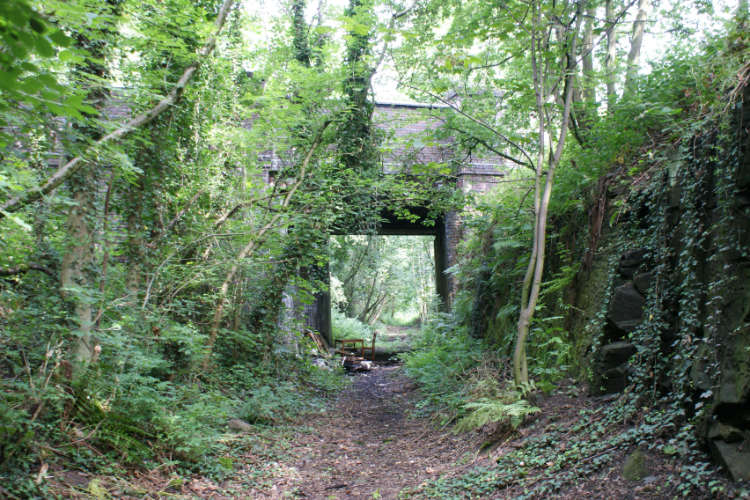
On the sub page to this one is an abridged version of the J C James essay in 1969 detailing what could be seen along the branch and its operation at that time.
